Electrification is a popular buzz word among automakers these days, which isn’t much of a surprise considering regulators are pushing for more demanding emission standards. Look around and you’ll find a selection of cars featuring an electric motor and battery integrated into their powertrains.
Of the variety of systems (mild hybrid, range extender hybrid, etc.), the plug-in hybrid has proven to be a logical compromise for most companies. Volvo has its Twin Engine-equipped models, BMW has its range of iPerformance cars and Mercedes-Benz sells its C-Class and E-Class with the ‘e’ suffix at the end.
Another carmaker that is embracing the technology is MINI – the F60 MINI Cooper S E Countryman All4 representing the tip of its electrification spear. A first for the British premium brand, the plug-in hybrid Countryman serves not only to showcase the technology that powers it, but also as a statement that an electrified MINI isn’t compromised in its ability to thrill.
Sounds promising, and to find out if there’s “all to gain but nothing to lose” with the first-ever MINI PHEV, we took two examples of the electrified Countryman on a short tour of Portugal.
Upon first introduction, the Countryman PHEV isn’t that much different in appearance from a regular model if you look at it head on, aside from the yellow ‘S’ emblem on the grille instead of a red one. Move around to the vehicle’s flanks and things start to become more obvious, most noticeably the revised side scuttles.
While one of them is purely decorative, the other on the left is where you’ll find the Type 2 charging port for use with either a dedicated wallbox or a portable charger (more on that later). As is customary with the brand, the MINI Electric logo on each scuttle depicts both the letter ‘E’ and a power plug at the same time – a clever bit of design that I can appreciate.
As for the rear, subtle cues include the same logo on the left side, while the yellow accent on the ‘Cooper S’ badge mirrors the look at the front. Personally, I have no complaints about this “plain Jane/Joe” approach when it comes to the Countryman PHEV’s styling, but for those who have need to be more outlandish, a number of visual options are available in other markets.
It isn’t any surprise that the interior remains remarkably similar either, albeit with some revisions here and there. For instance, the novel start switch is now finished yellow instead of red, while the tachometer has been replaced with an energy usage and power output gauge to reflect the car’s greener credentials.
Aside from these items, provisioning for the plug-in hybrid powertrain does result in some diminished practicality. For starters, the rear seats no longer slide forwards and back (they still recline), so if that’s something you enjoyed, sorry. Additionally, boot space has been reduced to 405 litres (-45 litres) in order to make room for the electric motor and the accompanying battery that juices it up. In relation, with the rear seats down, you now get 1,275 litres of storage room instead of 1,390 litres.
Despite this, sitting in the rear wasn’t an uncomfortable or cramped experience, at least for my 170-cm stature. All seats provided good back support, a generous seat base and ample amounts of legroom, which should be comfortable enough for most passengers. Even one of MINI’s other novelties, the Picnic Bench, is retained here as well, should you find the time to use it.
So far, it is established that the Countryman PHEV is only slightly less practical than a regular model, and that the looks aren’t overly obtrusive, at least to this writer’s eyes. Things start to get even more promising when you take a peek underneath the bodywork, where you’ll find the same setup used in the BMW 225xe Active Tourer.
At the front, you’ll find a 1.5 litre turbocharged three-cylinder petrol engine that serves up 134 hp at 4,400 rpm and 220 Nm of torque from 1,250 to 4,300 rpm. This is mated to a six-speed Steptronic automatic transmission that directs drive to the front wheels.
The electrification bit is the aforementioned electric motor mounted on the rear axle, which also has a part in the All4 electric all-wheel drive system. The hybrid synchronous motor is rated at 87 hp and 165 Nm, driving the rear axle via a two-stage single-speed transmission.
Said motor is supplied power via a 16-cell, five-module lithium-ion battery with a capacity of 7.6 kWh, which is mounted directly in front of the motor underneath the rear seats, hence the lack of a sliding function for them.
According to MINI, it takes just two and a half hours to recharge the battery when plugged into a 3.6 kW wallbox, but with a regular 240-volt household socket and Delphi-sourced portable charger, that time is extended to three hours and 15 minutes. Unfortunately, we didn’t get the chance to plug in the car with either of the two solutions during our time with it.
In total, the system outputs an impressive 221 hp and 385 Nm, which is not just more than the standard Cooper S model (192 hp and 280 Nm), but also torquier than the hotter John Cooper Works Countryman (231 hp and 350 Nm).
While the figures may suggest the plug-in hybrid model will come out top in the traditional zero to 100 km/h sprint, it is actually a bit slower in practice, taking 6.8 seconds compared to the 6.5 seconds achieved in the John Cooper Works model. Considering the PHEV is 105 kg heavier than the JCW version (1,630 kg following EU standards), the three tenths gap is forgivable, to say the least.
However, efficiency, not outright speed, is name of the game here, and the plug-in hybrid model impresses with a claimed fuel consumption of as low as 2.1 l/100 km following the European Union test cycle. It also spews out as little as 49 grams of carbon dioxide per kilometre.
As with most plug-in hybrids, the powertrain can be set to a number of operating modes – three in this case: Auto eDrive, Max eDrive and Save Battery. Cycling through each is done via a switch located just beside the bright yellow one used to start the car.
On our drive, we set off (silently) in the car’s default mode (Auto eDrive), where the immediacy of the electric motor overshadows the fact that the PHEV also weighs 200 kg more than the Cooper S (1,535 kg).
That’s a little over 1.7 tonnes, but the Countryman PHEV still accelerated with minimal fuss, all without the three-pot coming into play. It is only when the speedometer exceeded 80 km/h did the engine come to life, and while the transition was rather seamless, the thumping of the three-pot is still noticeable.
Even so, it was possible for us to run on the electric motor alone as we got onto a highway. On our way towards coastal towns, we slipped the car into the Save function so the starter generator maintained the battery’s charge state above 90%, while the combustion engine worked full time to keep the vehicle moving.
Exiting the highway and hitting the twisty roads linking the towns, we switched back to Auto eDrive and decided to be a little more adventurous with the right pedal and steering wheel. Make no mistake, this thing picks up speed rapidly, the punchy three-cylinder and electric motor working in unison to slingshot us from corner to corner.
The downside here is the added heft makes tackling those corners both thrilling and unnerving at the same time, with big weight shifts and body roll becoming very apparent. It isn’t cumbersome per say, as the electric motor does well to step in on occasion to help maintain trajectory. However, one is constantly reminded that storming down winding B-roads in a 1.7-tonne vehicle is cause for caution.
MINI’s staple of providing quick and very direct steering might make you forget the above, as direction changes are quite immediate for a vehicle this size. There is some degree of accuracy here but the electrical assistance makes it lacking in feel.
Of course, this can be remedied by rotating the dial near the gear lever to the left, whereby Sport mode artificially weighs up the steering and the car turns in more responsively. In this mode, you’ll also have to work with a more eager throttle response, so do take note of this.
For the sake of experimenting, we tried relying on just electricity for the trip back to our overnight stay in the city. With some charge left in the battery, we put the powertrain in Max eDrive mode, which extended the zero-emission driving top speed to 125 km/h, which is more than enough for most highways barring unrestricted ones.
Keep in mind that the battery offers up to 42 km of range, so if your destination exceeds that, you will have to depend on the combustion engine at some point. Put simply, it’d be wise to plan your journey accordingly to use the proper means of propulsion at the right time.
Following proper protocol, it’s best to run on the combustion engine for long-distance journeys, and switching to electric-only mode when you enter an urban area, so we did. Cruising into the city, the experience is best described as uncanny, as the hum from the motor is the most audible thing when behind the wheel, just as when we first set off.
The silence is only interrupted by engines in other vehicles, the occasional honk or two, and tyre noise, but NVH levels remained at comfortable levels most of the time. Similarly, the ride is firm but compliant, with only the most crater-filled of roads creating any real disruption, although occasions where sudden jolts were felt were uncommon.
As a starting point, the Countryman PHEV is an impressive achievement for the MINI brand. The plug-in hybrid powertrain not only delivers in terms of performance, but also when it comes to usability. With proper planning and consistent charging, it is possible to minimise the dependancy on the combustion engine. However, should you need to go further, or find yourself without sufficient charge at any given them, there’s always a guaranteeed level of assurance.
It may be slightly less practical than its non-hybrid siblings, but that feels like a minor setback in the grand scheme of things. Furthermore, it may not be as deft in the corners as its siblings, but if you wanted something to do that, what’s wrong with the John Cooper Works model?
There’s plenty to gain by going down MINI’s plug-in hybrid route, especially those looking for characteristic MINI driving fun but in a more sustainable, Earth-friendly form. Sadly, you can’t get away with these benefits scot-free, so you’ll have to decide if it’s worth losing out on a few things. It is for me.
Looking to sell your car? Sell it with Carro.

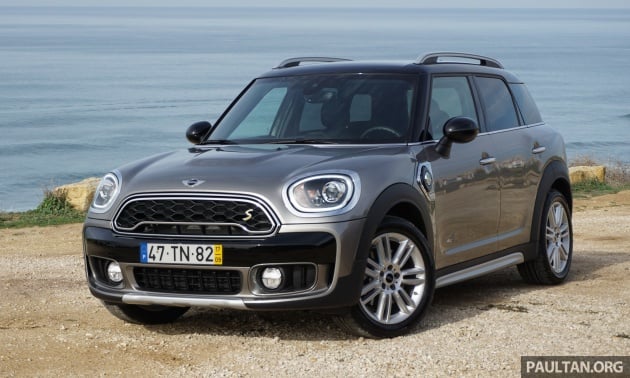
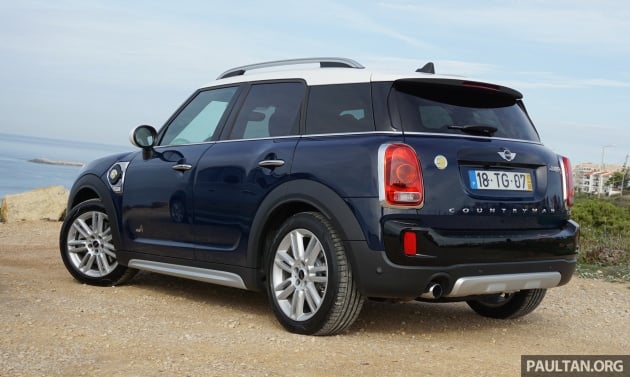






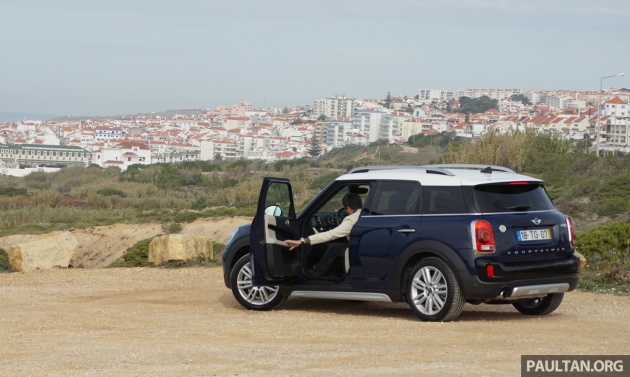
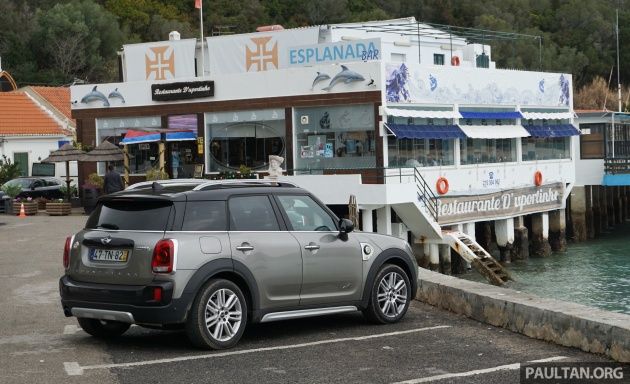


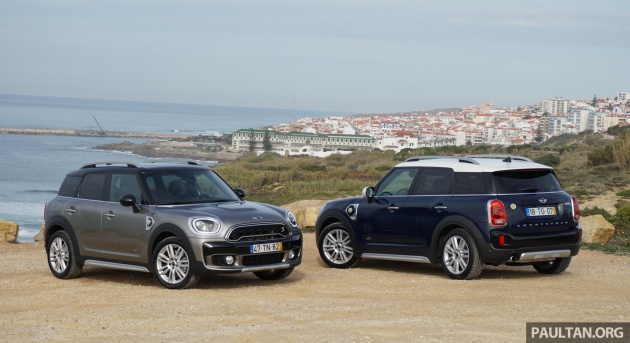


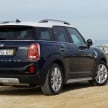


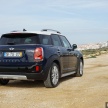





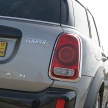


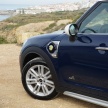


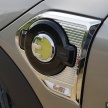
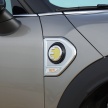









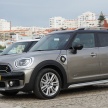


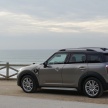
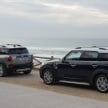
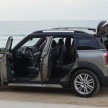

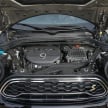






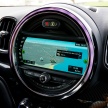
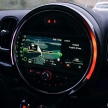
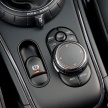
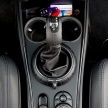
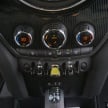
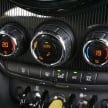

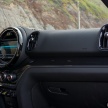

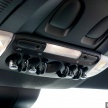
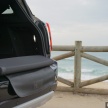


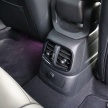
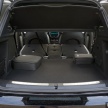
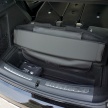



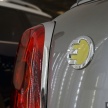
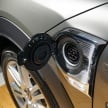

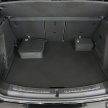
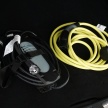
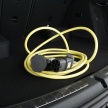
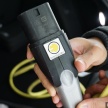


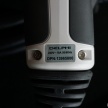
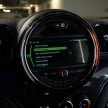


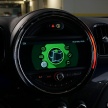








Since this is full EV, anyone wonders how much is the battery replacement?
you didnt even read the article . this is phev not full ev.
But still needs to replace one day.
Sadly this Mini is just too heavy to be swinged around corners. Better luck next time with BMW’s next gen hybrid tech which should be debuting soon
This not hybrid. This full EV
sadly many that dream to drive this car will end up with a myvi instead.
Mini as a brand have lost their way abit.
We are in funny times, Euro 6,2 is upon us and things are a changing. Big time. I have been waiting to re new my company car, and on Friday 6 July 2018 was sent an e-mail to order a new one. Only 5 days ago the list of available cars were 3 petrol (all one litre turbo 3 pots and one diesel. Fridays list had 13 cars, 11 PHEV and 2 3 pot petrol. I saw the Countryman PHEV listed, read some reviews, and impressed by the 6.5 -6.8 sec 0-60 time (depending on source), I organised a test drive. Having owned and been a little disappointed with a MK3 Cooper D in 2010, I will say at the outset this car is everything I wanted from the 3 door. The countryman PHEV feels smaller, more agile, lighter on it’s feet and much quicker. It may not be a full on JCW, but it belies its weight in a remarkable fashion and JCW’s don’t appear on the options list. Nor do Boxster’s, Ferrari’s, Aston’s McClaren’s et al. As such this is an amazing car, I take mpg figures with a pinch of salt, and ignore the hit with an ugly stick looks. Rejoice in the practicality, amazing performance for such a lard belly of a machine, and enjoy the fact the wife approves. Just ordered mine, 18 inch wheels and BRG. It’ll cost me £170 a month (including BIK) for 4 years, including tax, insurance, all servicing tyres, brakes, business mileage, cost of a charge point, etc.
Difficult to argue in my book, try one you may be surprised, I was.